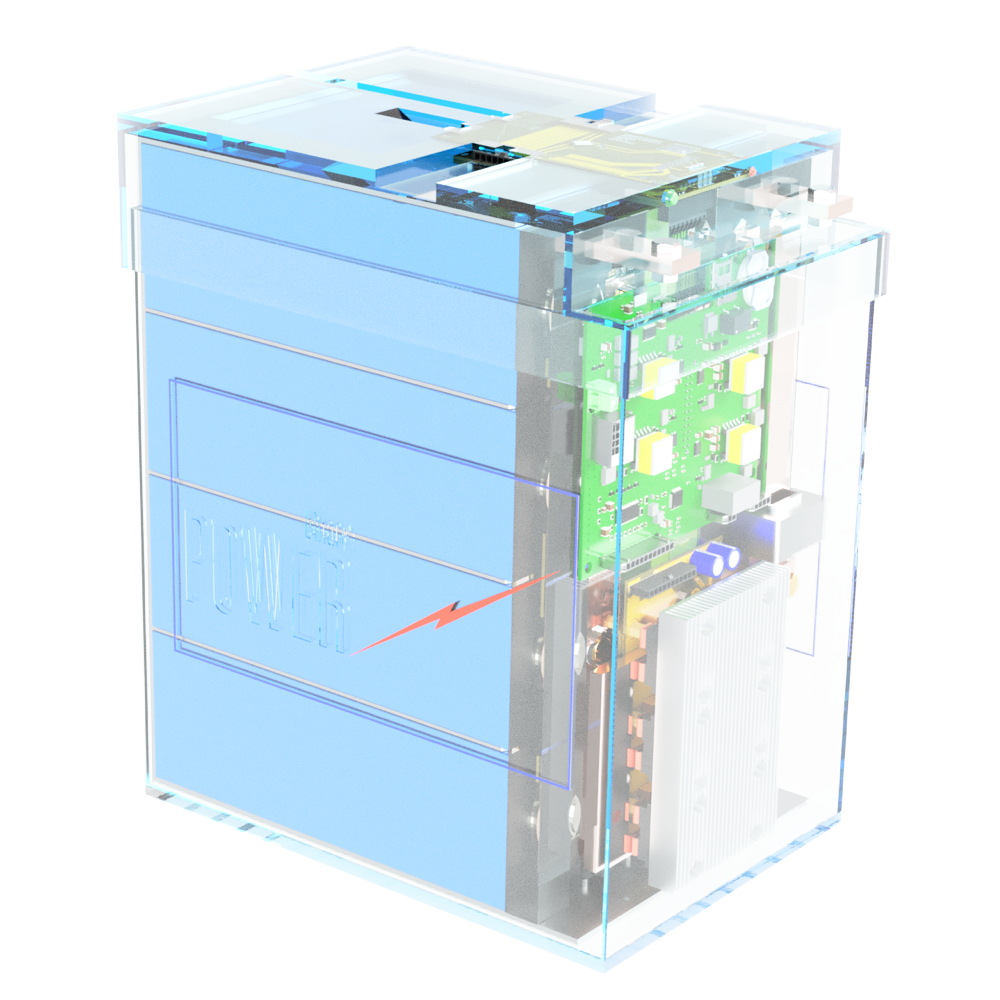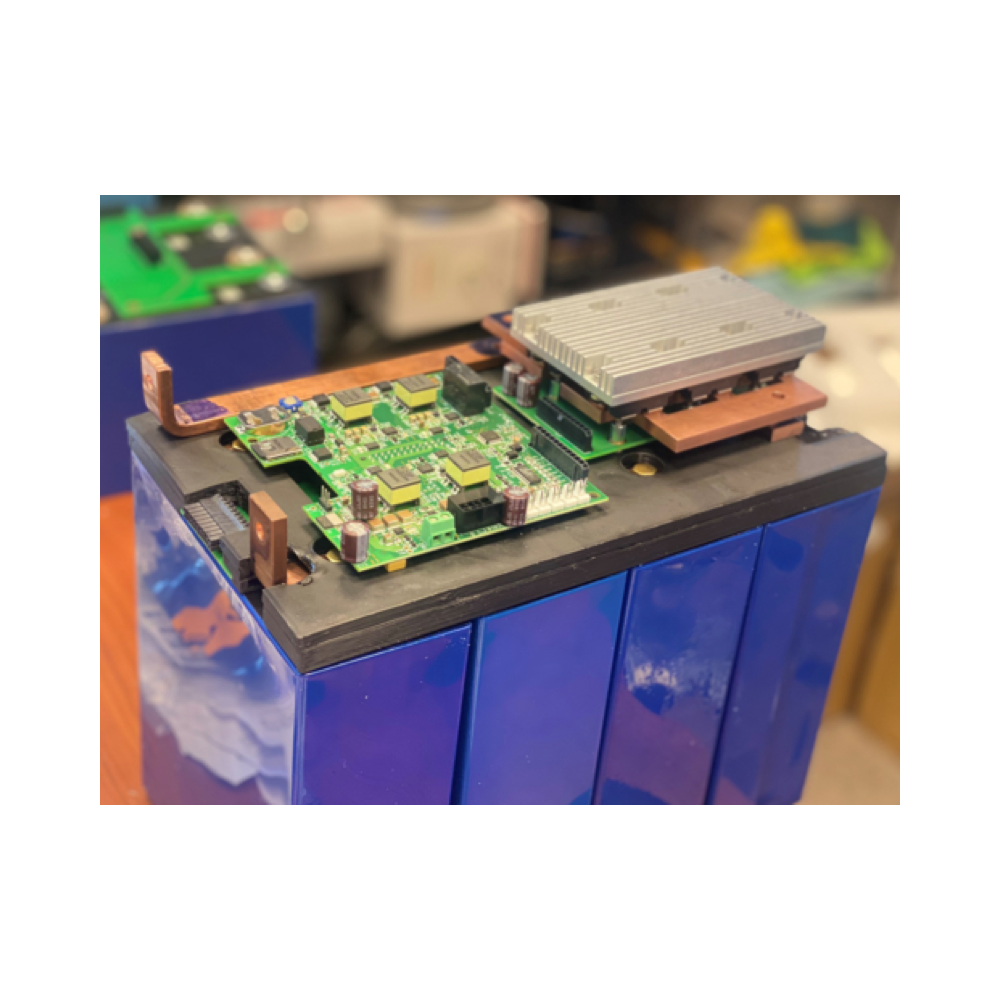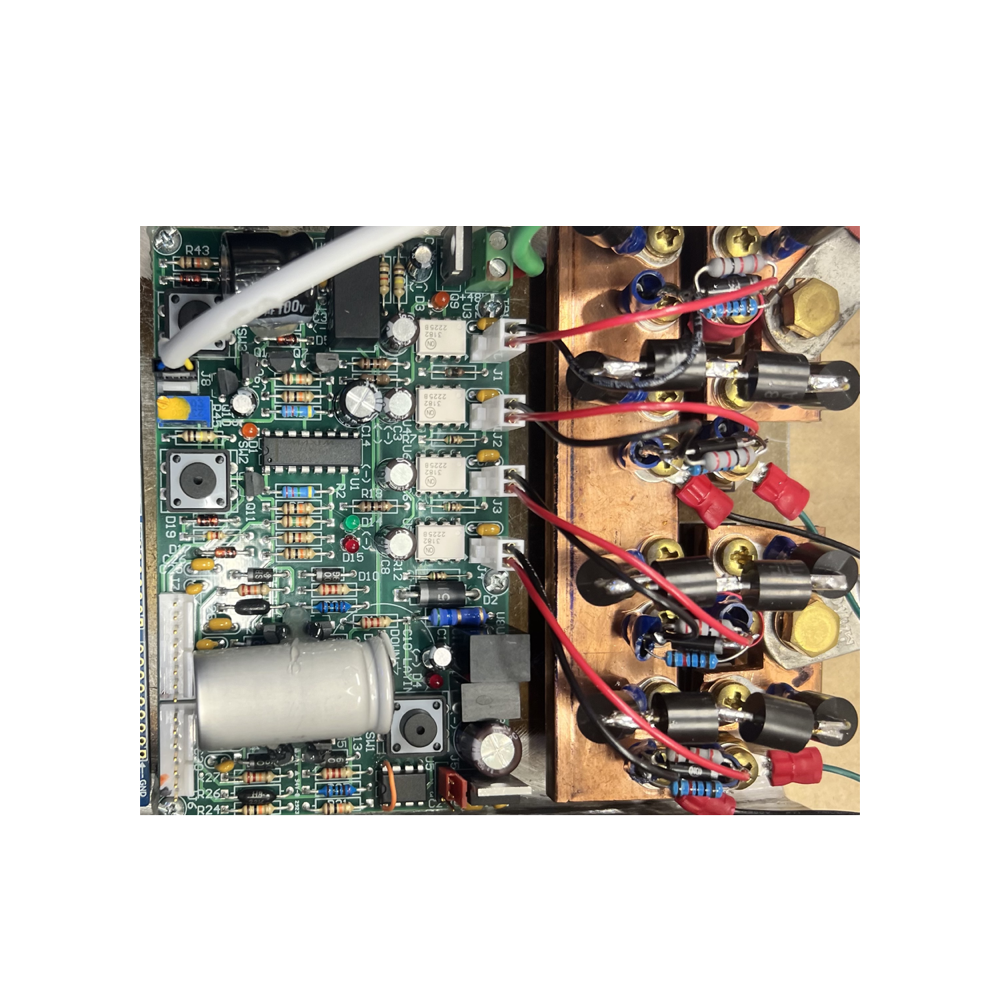Why Lithium Iron Phosphate?
EVOLUTION OF LITHIUM ION BATTERIES
Lithium-based batteries have proved to be the most technologically advanced energy storage solution as evidenced by their prevalence in laptops, smartphones, and tablets. Increasing concerns over the environment and increased public awareness about renewable energy has pushed large-scale energy storage to the forefront of technological innovation. The driving force now pushing the evolution of the lithium battery industry has been the focus on how to replace engines powered by fossil fuel (gasoline, diesel, or propane) with high-voltage battery packs and electric motors. The success of electric vehicles is evident, and the storage of electricity for all applications is ever increasing. Consumer demand, government regulations, and concerns about climate change are powering the widespread adoption of Electric Vehicles (EVs) and the demand for renewable energy storage. According to the research firm BloombergNEF, there will be 11 million electric cars worldwide by 2025, increasing to 30 million by 2030 as they become more affordable than vehicles powered by Internal Combustion Engines (ICE). Electric vehicles represent a huge market for lithium batteries due to the fact that virtually every model manufactured uses them. Lithium batteries are favored for electric vehicles over traditional lead-acid batteries because they have a higher power-to-weight ratio, higher energy efficiency, better performance in certain ambient temperatures, and very little self-discharge.
ADVANTAGES OF LITHIUM ION BATTERIES
1) Superior "Useable" Capacity - Lithium-based battery systems have the practical advantage of utilizing 80% or more of their rated capacity. In stark contrast, a lead-acid battery can provide just over half of its rated capacity before power begins to diminish. A 100 Amp-hour (Ah) rated lithium-based battery will provide over 80 Ah before any reduction in power. Lithium batteries provide access to a greater amount of usable stored energy compared to an equivalent capacity lead-acid battery.
2) Extended Cycle Life - Laboratory results indicate that it is reasonable to expect between 2000 and upwards of 5000 cycles from a properly maintained lithium iron phosphate (LiFePO4 or LFP) battery bank. Field-testing and measurement demonstrate that a LFP battery will still deliver more than 75% of its capacity after 2000 cycles.
3) Fast and Convenient Charging - Lithium-based batteries can be charged to over 95% of their capacity. Unlike lead-acid, there is no need for a slow absorption phase to get the final 20% of the charge capacity into the battery. With a sufficiently powerful charger, certain lithium batteries can be fully charged from empty to full in just under an hour.
4) Highly Efficient Energy Absorption - Lead-acid batteries are significantly less efficient at storing power than lithium-based battery systems because they convert as much as 40% of the electricity used during charging to heat. Under proper conditions, lithium batteries can be charged with less than 10% of the energy being converted to heat, yielding an efficiency of nearly 90%.
5) Reduced Susceptibility to Temperature - Lead-acid and lithium batteries lose their ability to access the full potential of their stored capacity in cold environments. Lithium-based batteries are much more effective than lead-acid due to the fact that their discharge capability (available power) is significantly less impacted by low temperatures.
6) Fewer Placement Issues- Lithium batteries do not need to be stored upright nor in a vented battery compartment. They produce no gasses while being charged or discharged, have no caustic liquid that can spill, and can also easily be assembled into odd shapes, an advantage to squeezing as much power as possible into a small compartment.
7) Little Maintenance Requirements- Lithium-based batteries are fairly maintenance free. They do not require routine checking of water levels, do not need an equalization charge, and they do not have an obligatory regular cleaning of the battery terminals.
8) Peukert™s Losses & Virtually Non-Existent Voltage Sag- The discharge curve of lithium batteries (especially relative to lead-acid) is essentially flat meaning that a 20% charged battery will provide nearly the same output voltage as a battery charged to 80%. Lithium batteries virtually eliminate the issues caused by voltage sag that are common with lead-acid batteries as they discharge. This translates to more usable power for the typical user applications.
9) Greater Energy Density- A major difference between lead-acid and lithium battery systems is the amount of stored energy capacity each can provide from the same physical space. Lithium batteries weigh about one third and occupy roughly one quarter of the space that traditional lead-acid batteries of the same capacity do. This translates to more available power for a longer period of time from batteries that weigh less and occupy the same, or reduced, space.
10) Reduced Total Operating Cost- Even though lithium-based batteries initially cost more than lead-acid, a cost analysis shows that they cost less over the total lifespan of the battery. A Binary Power IPS has a higher one-time cost than an equivalent capacity lead-acid battery but delivers more useable capacity, better battery performance, and requires no maintenance.
BATTERY MANAGEMENT SYSTEMS
Unlike lead-acid batteries, lithium batteries need a Battery Management System, or BMS, to operate properly, safely, and maintain longevity. In every electric vehicle and large-scale lithium-based battery system there is an intelligent, largely invisible, Battery Management System (BMS) that is the control center, or brains, connected to every cell of the battery. The BMS conjoins the hardware and software components of the system and continuously monitors the conditions of individual cells and redistributes energy resources as needed.
One of the primary functions of a BMS for lithium-based batteries is to equally maintain the level of stored energy within each of the cells that are combined to create a battery pack. The activity of measuring and equalizing the energy of the cells within the battery pack is commonly referred to as balancing. There are primarily two types of cell-balancing design implementations; passive and active.
In a passive balancing system the BMS is designed to insure that cells do not become overcharged. Overcharging of lithium cells can cause them to overheat which will damage them and can create a fire hazard. The passive balancing approach aims to ensure that all cells get filled to the same level. A BMS with passive balancing is a basic control system that keeps batteries from overcharging and helps balance all the cells during a complete charge.
Active cell balancing optimally and efficiently moves energy around amongst the cells of a battery pack. A BMS that is designed to perform active balancing, while more costly and complex than the passive approach, continuously balances all of the cells within the pack and thus extends the battery’s life and improves its performance. Active balancing ensures that all cells charge equally, get completely balanced while at rest, and are equalized during discharge.
Battery Management Systems (BMS) play a defining role in how well a lithium energy storage solution performs. At the heart of a BMS are integrated circuits (ICs) that measure the individual cell voltages, move energy around between the cells, and monitor the current that is flowing in and out of the system.
The data collected from the ICs is used to determine the State Of Charge (SOC), safe operating current flow, and the overall battery health. The most critical characteristics of the ICs used to measure voltage and current are their accuracy, granularity, and imperviousness to fault. The quality of the ICs, and their critical characteristics, are imperative to the ability of the BMS to ensure safe operation, but also directly affects system cost, battery pack reliability, and longevity.


